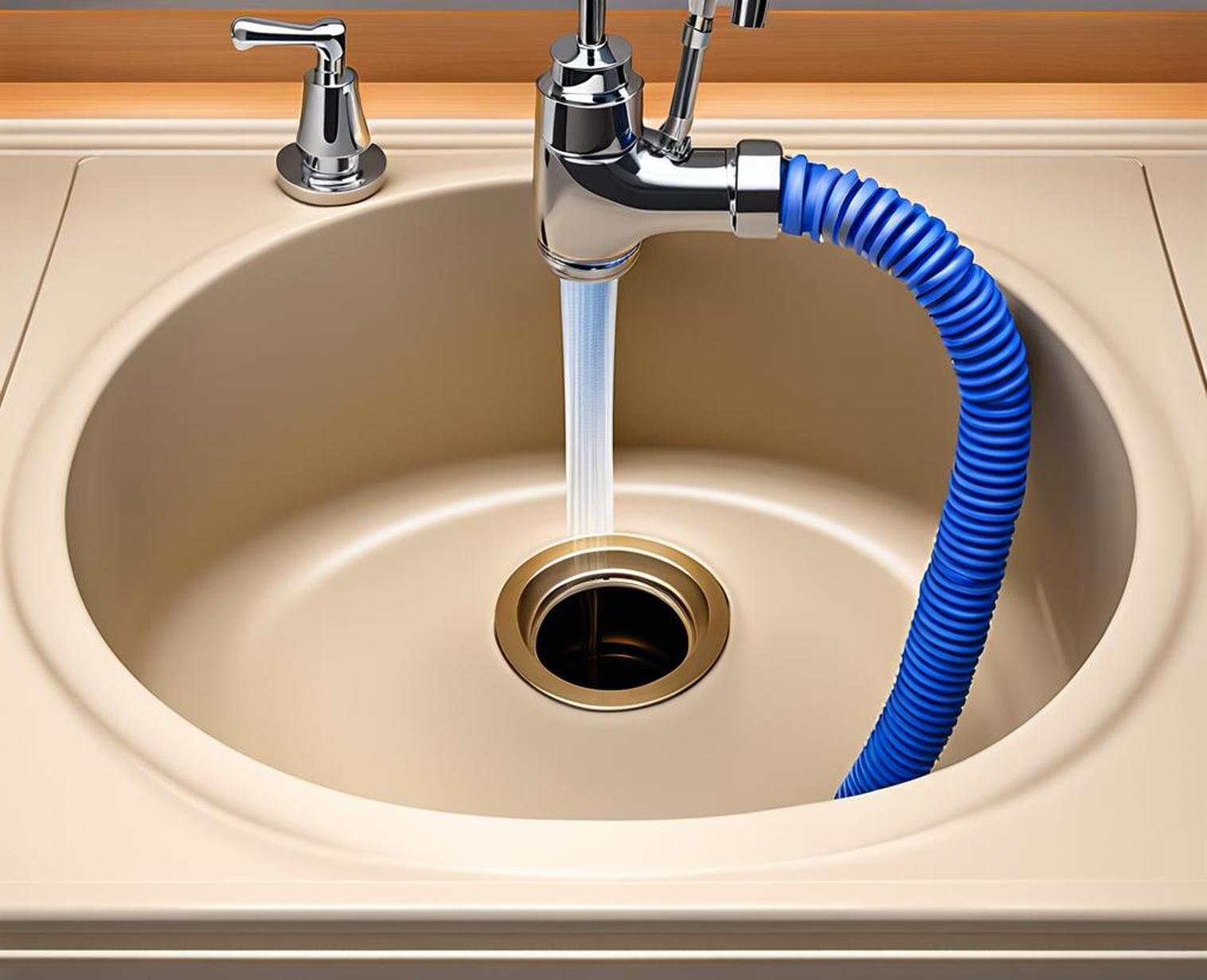Clogged drains are a common headache for homeowners with washing machines. Repeated clogging causes messy leaks and water damage. Not to mention the hassle and expense of snaking drains and calling plumbers for repairs. Fortunately, clogged washer drains can be prevented by following proper installation and maintenance procedures.
We will also outline mistakes to avoid during installation. With a step-by-step guide, you can install a washer drain correctly yourself. And we will share tips for preventative maintenance that keep drains free-flowing.

Anatomy of a Washer Drain System
When the wash cycle finishes, a pump in the washing machine pushes the water out through a flexible drain hose. This hose runs from the machine and connects to a standpipe. The standpipe is a vertical pipe that is typically capped off. It should be located near the hot and cold water supply valves for the washing machine.
From the standpipe, the wastewater flows downhill into a p-trap. This curved section of pipe holds water, which blocks sewer gases from backing up into the home. Past the p-trap is the main drain line that leads to the larger sewer or septic system.
The key components of a washing machine drain system are the hose, standpipe, p-trap, and vent. Understanding how they connect allows you to install them correctly.
Mistakes to Avoid During Installation
Improper installation of washing machine drains leads to problems down the road. Here are some common mistakes to avoid:
- Standpipe is too high – Anything over 8 feet risks siphoning and poor drainage.
- Standpipe is too far from washer – Should be within 5 feet of machine.
- Forgetting the vent – Allows air intake to prevent siphonage.
- Using wrong pipe sizes – Must match washing machine discharge hose.
- Not securing hoses tightly – Can lead to leaks and loose fittings.
Step-by-Step Installation Guide
Installing the plumbing for a washing machine drain is a manageable DIY project with proper planning. Follow these steps:
- Turn off water supply lines and unplug washing machine.
- Remove old drain pipes and hoses if replacing existing setup.
- Measure and cut new drain pipes to needed lengths.
- Select proper slip-joint fittings and connect drain pipes.
- Attach standpipe and vent to drain pipes.
- Connect p-trap and install near standpipe.
- Securely clamp drain hose to standpipe.
- Turn on water and check for leaks.
Having the right tools for cutting, deburring, and joining pipes makes the installation much easier. Take precautions for draining and disconnecting existing pipes. Thoroughly read washing machine installation instructions as well.
Prevent Clogs with Proper Use
Clogs in washing machine drains most often occur from built-up debris, lint, and grease. You can minimize clogs through proper use:
- Avoid pouring fats, oils, and grease down the drain.
- Use drain filters and catchers to stop debris from entering pipes.
- Only wash items that are lint-free.
- Remove hair clumps from drains regularly.
- Flush drains periodically using baking soda and vinegar.
Eliminating grease, lint, and hair allows water to flow freely. Routinely flushing pipes keeps them free of buildup. Install an inline lint filter for extra protection.
When to Call a Professional Plumber
In some cases, it is best to have a professional plumber handle the washing machine drain installation:
- If you need to cut into walls to access plumbing.
- For large scale pipe alterations.
- If the floor requires reinforcement for washing machine weight.
- To install an overflow drain pan.
- For major clogs requiring mechanical snaking or hydro jetting.
Plumbers have specialized tools and expertise to address more complex drain scenarios. They can also provide guidance on the drain system design.
Installing proper plumbing for your washing machine drain doesn’t need to be a DIY nightmare. Following the right steps during installation prevents problems down the road. Routinely maintaining drainage pipes also keeps water flowing freely.
No one enjoys dealing with messy clogged drains and leaky pipes. But with this preventative plumbing advice, you can stop washer drain clogs for good!
